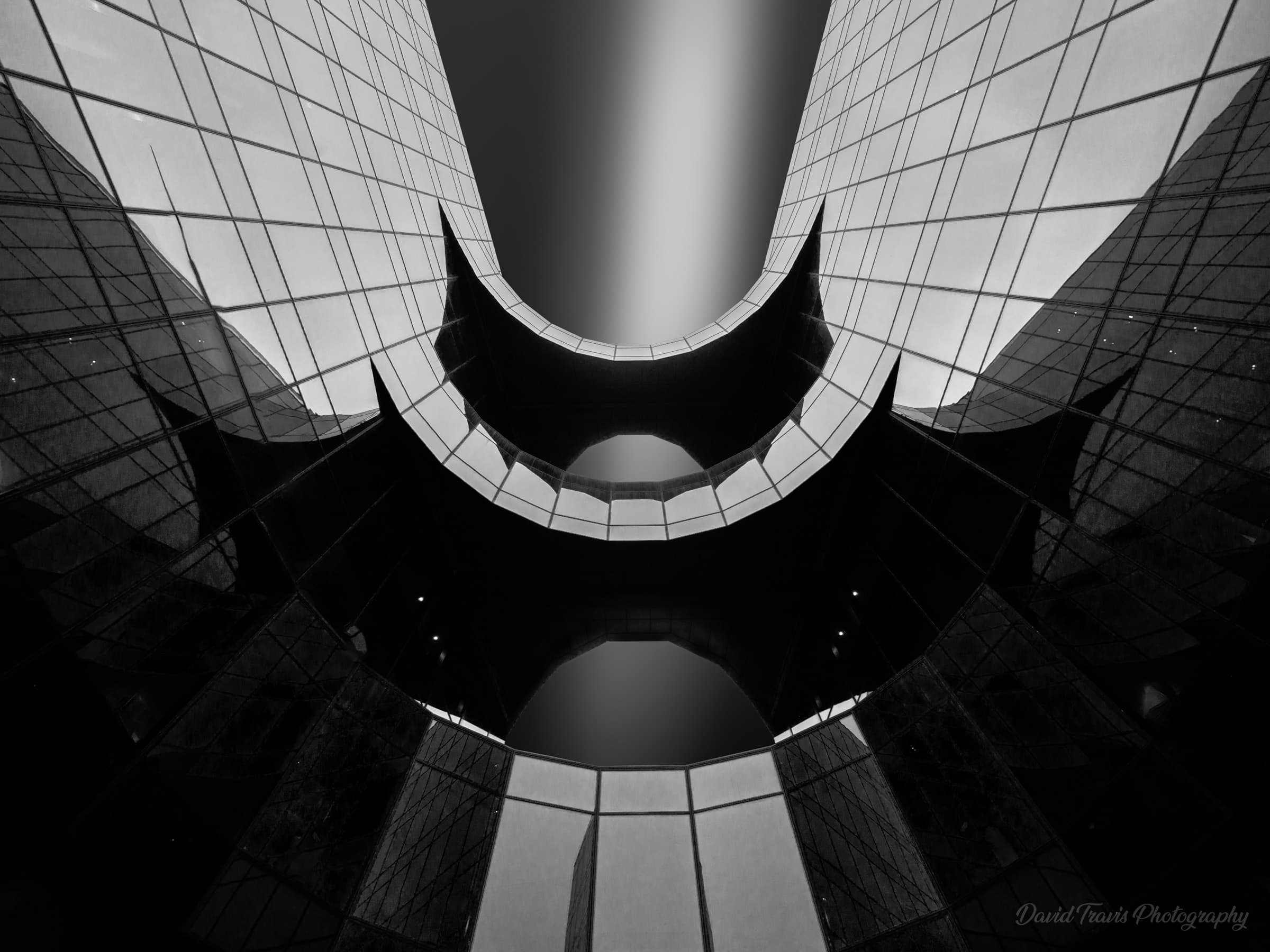Broadcast from the future
What if London’s iconic buildings were a silent, humming machine, driving humanity’s desperate escape from Earth? This series imagines a post-apocalyptic London: cold and empty, yet alive with the energy of departure. From command towers issuing final orders to deserted streets and abandoned orbital chambers, each image captures a fleeting moment of humanity’s exodus and a world left behind.
The Great Exodus
Project ideas can come from the most unexpected places. This one was sparked by a critique.
The first person I show my work to is nearly always my wife. I find her opinion a useful indicator of whether I’m being authentic. I was showing her my architecture images and she didn’t like the treatment. She felt the images were bleak and cold.
A part of me agreed with her opinion, but I still liked the end result. So I decided to lean into the idea of bleak and cold — and turn it up to 11.
On a recent overnight trip to London, I wanted to catch up on some of the architecture I’d not photographed in past trips. But this time, I wanted to create a series of images that imagined London as it might exist in a future century. What if this was a post-apocalyptic London? Instead of housing people and office workers, what if these buildings were reimagined as a huge machine helping people flee Earth for more inhabitable planets?
This is a bleak and cold London being emptied of people, but still humming with energy.
Command Tower
From the City of London, engineers co-ordinate the final stages of the evacuation. The tower issues last-minute instructions and reroutes remaining traffic as departures slow.
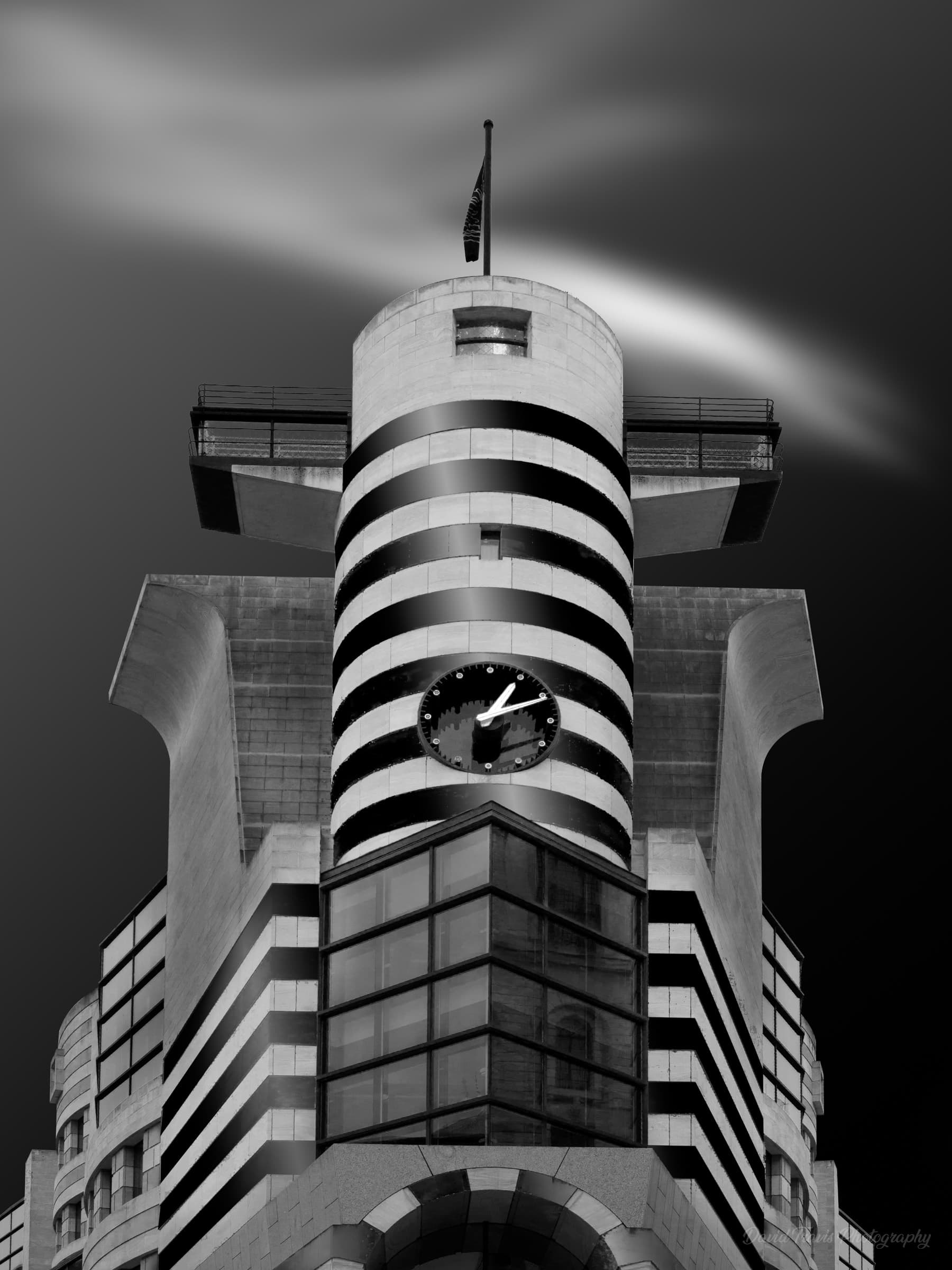
The Last Shuttle
Evacuees gather at London Bridge Station for the final shuttle leaving Earth. Small groups wait on the platform for the call to board.

The Empty City
A single evacuee is seen crossing the Isle of Dogs during the closing hours of the exodus. Streets once crowded with commuters now stand silent as departures near completion.

Docking Bay A
Clamps at Vauxhall Space Station still cycle automatically, long after the last shuttle left orbit. The station’s launch bays remain powered despite the absence of crew.
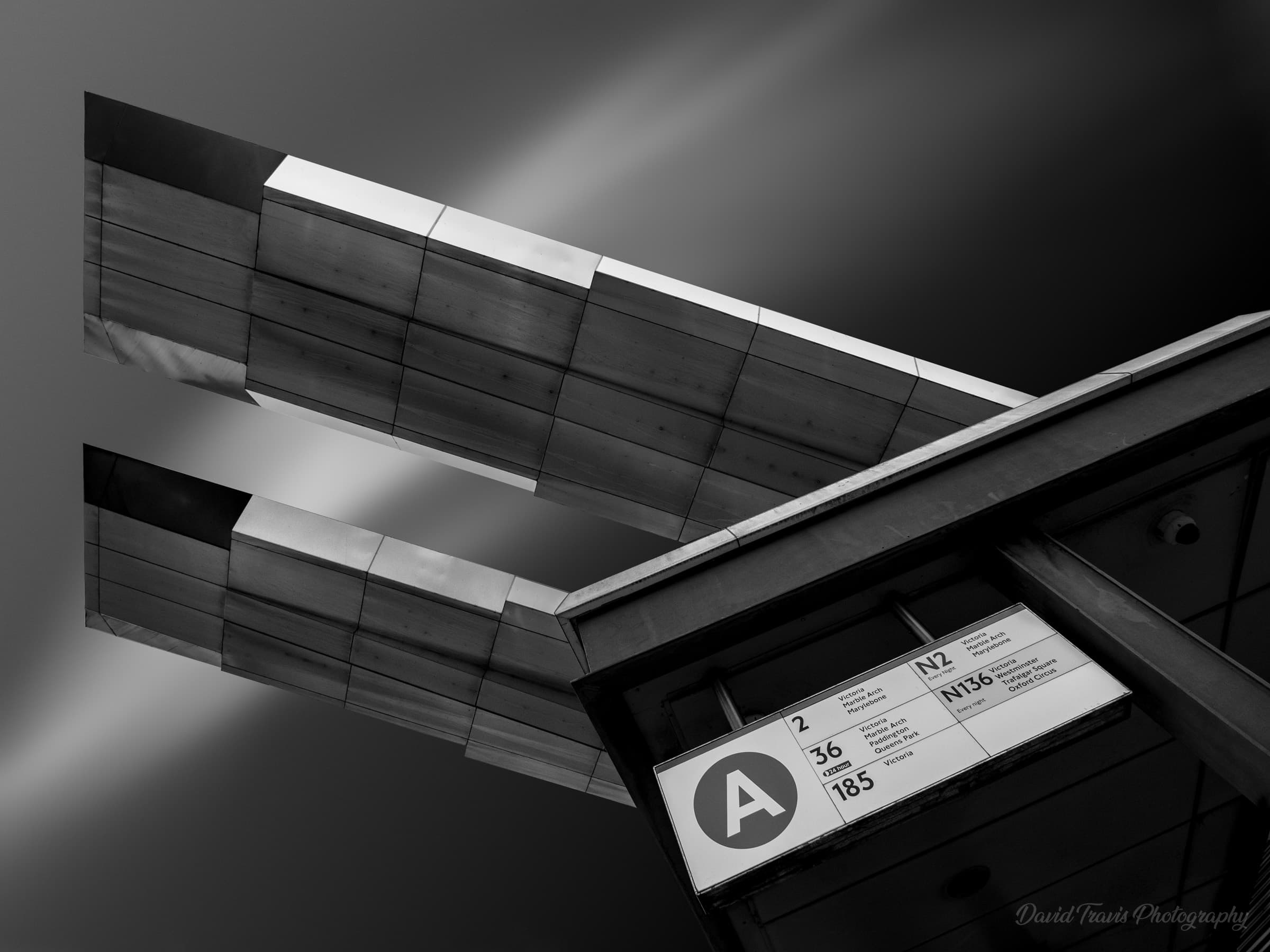
Core Assembly
Once a residential tower on Lambeth Embankment, Core Assembly became part of the propulsion network driving Earth’s evacuation. Sensors still record faint magnetic activity within the structure.

Airlock
The pressure systems of the Gherkin airlock remain sealed and operational. Designed for interplanetary transfer, it continues to run automated checks though no travellers remain.
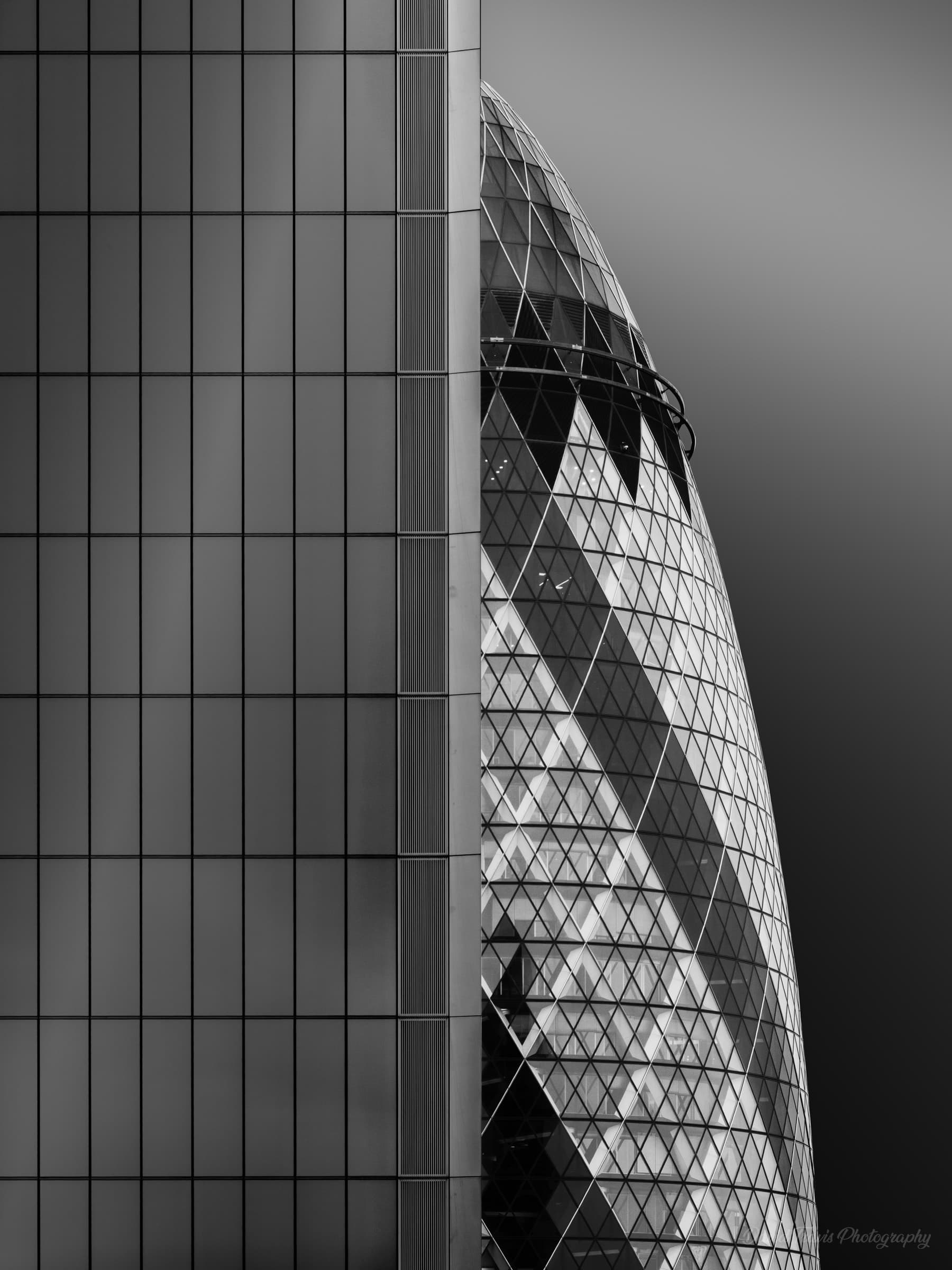
Unit 22: The Ham Array
The Ham Array’s sensor windows still emit diagnostic flashes visible from orbit. AI systems manage recalibrations that began during the final hours of human supervision.
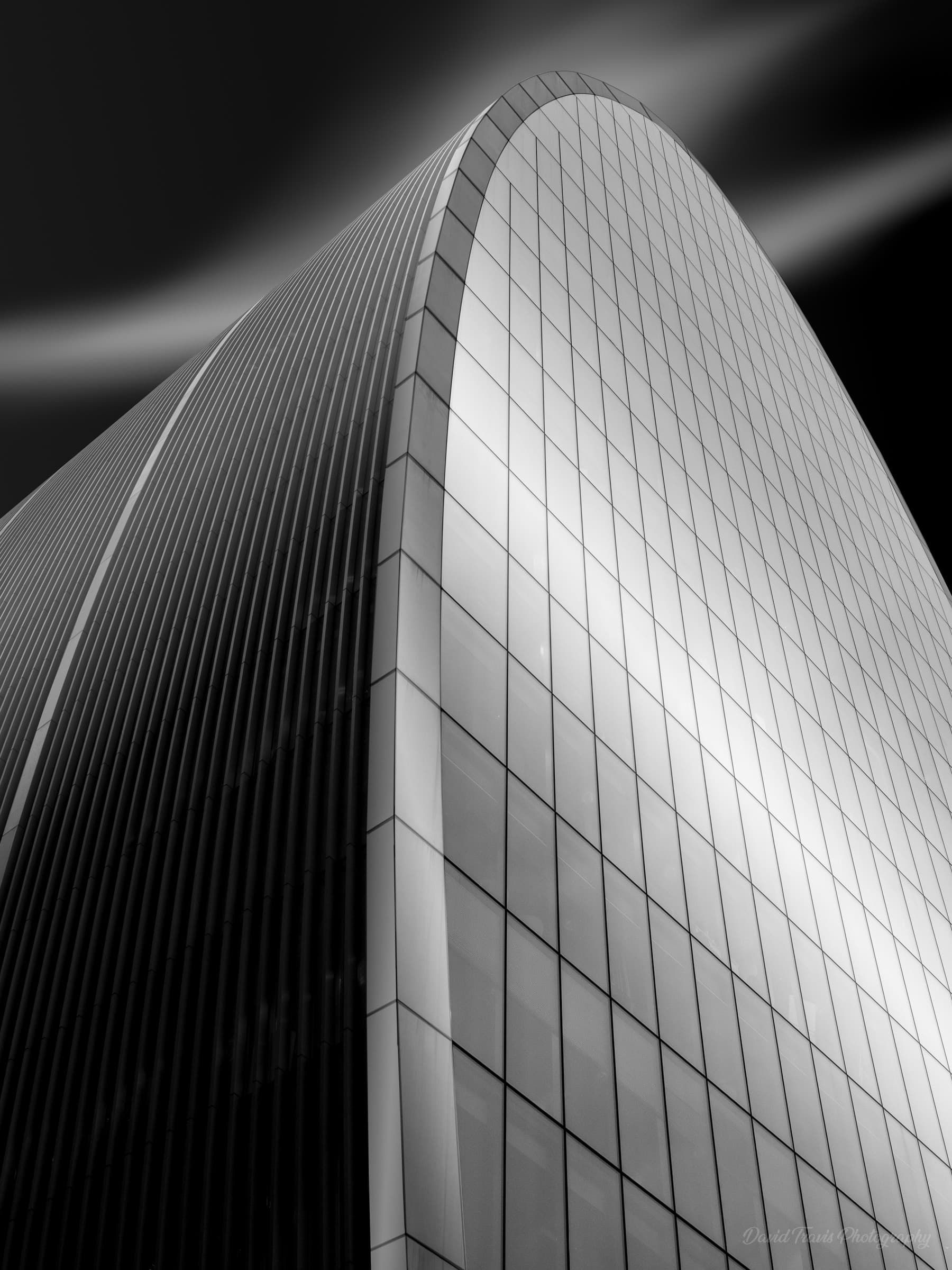
Channel 4 Power Relay
Reactor cores beneath the Channel 4 Power Relay continue low-level output years after the exodus. Diagnostic lights rotate through maintenance cycles in empty control bays.
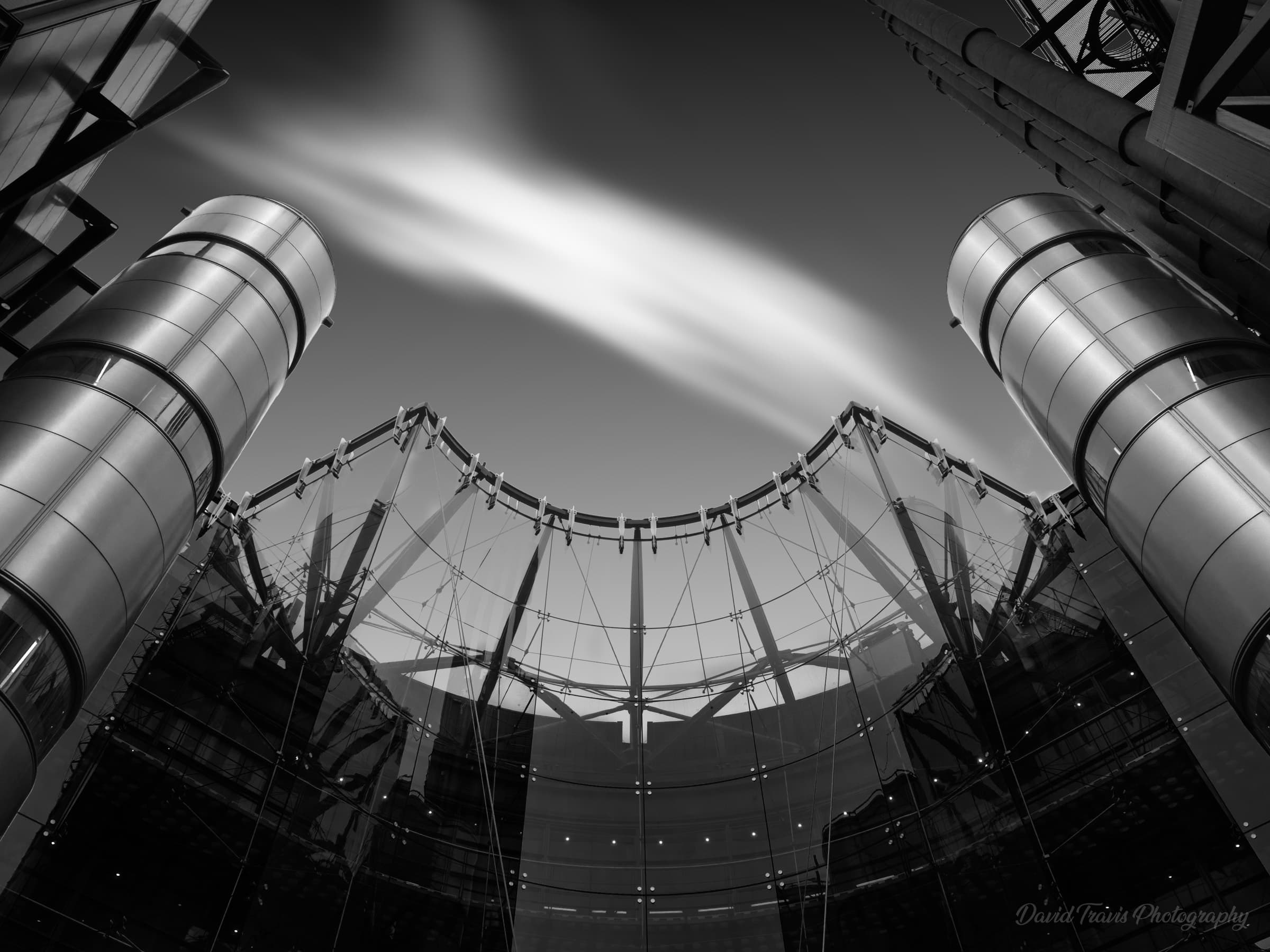
Orbital Chamber
Diagnostic lights flicker across an abandoned transit station once used for Mars-bound launches. The chamber maintains readiness for travellers who will never return.
